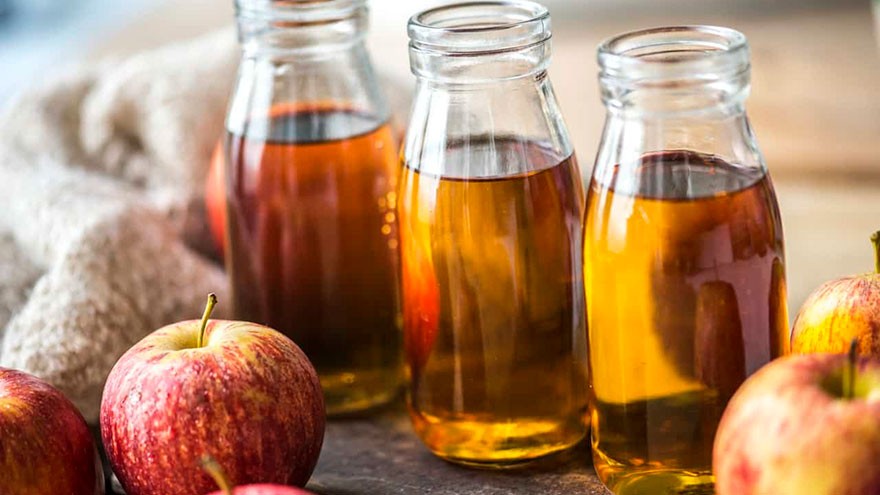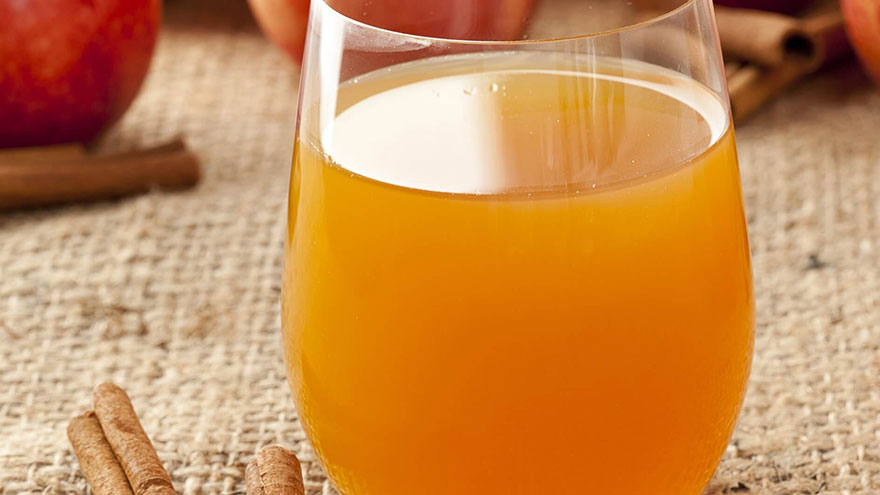Cooking with Apple Cider
Apple cider isn’t just for drinking! In fact, apple cider makes an excellent cooking ingredient for everything from desserts and condiments to main dishes. It’s not just tasty, either – it’s healthy. Apple cider is full of flavonoids (linked to a reduced risk of cancer) and has about twice the flavonoids of ordinary apple juice.
There are some important differences between juice and cider. Both are made from apples (100 percent, unless otherwise noted on the packaging), but apple cider is an unprocessed liquid. Apple juice, on the other hand, is filtered and sometimes has added sugar.
Buying vs. Making
Not surprisingly, fresh homemade apple cider tends to have better flavor and nutrition than store-bought apple cider. However, a good quality store-bought cider is still worth buying if you don’t have the time or energy to make your own.
How to Make Apple Cider
You’ll need apples, of course; a nice mix of different types is a good way to go. For best taste and nutrition, choose fresh apples without bruises. You’ll also need a cutting knife and either a paring knife or an apple corer. Also required: a blender or food processor and cheesecloth. First, wash and core the apples. Do not remove the skins. Slice into quarters and place into a food processor or blender.
Place a length of cheesecloth over the container you plan to store the cider in. Pour the apple puree through the cheesecloth. (Ideally, someone should hold the cheesecloth in place while someone else pours.) Squeeze the cheesecloth, removing as much juice as possible from the puree.

If you decide you like making cider, you’ll save a lot of time by using a cider press – a machine that squeezes the puree for you. Store your homemade apple cider in a sealed, air tight container in the refrigerator for up to seven days. You may pasteurize it by heating it to 160 degrees F first; pasteurized, it can stay in the refrigerator for about three weeks. Extra cider may be frozen for up to a year.
Cooking with Apple Cider
Foods that benefit from a little apple cider include pork, venison, rabbit, duck, chicken, turkey, fish, stews, breads, cakes, and many vegetables, including carrots and potatoes. Try marinating or basting meat, poultry, or fish in apple cider, or using apple cider as a substitute (partial or full) for broth or milk in mashed potatoes and stews. You can also use cider to replace some of the liquids in cakes or breads.

Check out the video version of this article on YouTube : Cooking with Apple Cider

